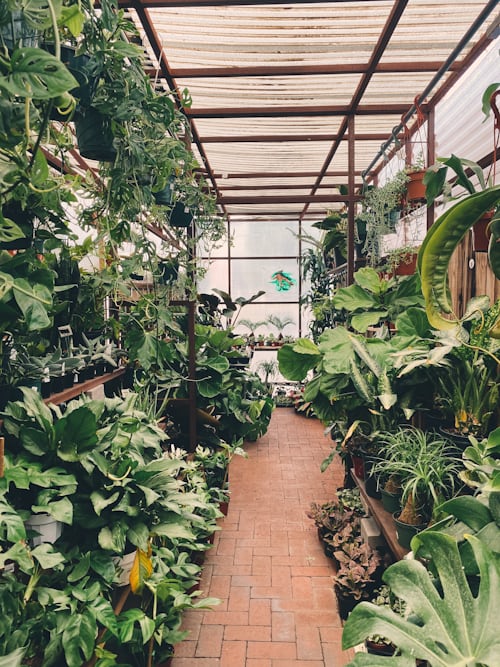10 Ways to Create A Wildlife-Friendly Garden
Embrace Nature in Your Outside Space
By inviting more wildlife into your garden, you’ll be making a really positive impact on the local environment.
We’re all becoming aware of our impact on the world around us, and more and more homeowners want to live as harmoniously with the natural world as they can. An effective way of doing so is to create a garden that doesn’t just work for you, but for the local wildlife too. Here are ten easy ways to do just that!
Think of the bees
Bees do so much for the environment, but there has been a decline in their numbers of late. Give them a helping hand by introducing some bee-friendly plants such as lavender, crocus, honeysuckle and snowdrops to your garden.
Add a pond
Not as many people factor ponds into their home landscapes now, which is bad news for wildlife. By creating a small pound with shallow sides in your garden, you’ll have a place that a variety of creatures can easily make use of all year round.
Feed the birds
You can make your garden more attractive to birds by leaving food out for them to nibble at as they please. Take care of your trees, as these are great spots for feeders for finches, robins and tits. Introducing hedges is a great move too, as it’s here that you can place nuts for treecreepers.
Keep your soil healthy
A wildlife-friendly garden starts with healthy soil. Topsoil gives the landscape a natural boost, reducing the need for fertilizers and improving drainage. Bark will protect soil against heavy footfall as well as weeds and soil erosion. Both create a much better foundation for plants, benefiting wildlife in turn.
Create a rockery
Rockeries don’t just look impressive – they are fantastic homes for reptiles and amphibians too. Amphibians like rockeries near water where they can hide in damp crevices, while reptiles prefer hanging out in sunny corners where they can soak up a few rays.
Cultivate your lawn
Lots of people pave over their lawns when they move in to a new property. It may the low maintenance option, but it’s a disaster for local wildlife. Your grass is likely to be home to all kinds of creepy crawlies that feed the birds nearby, and bees love grass too. So keep your lawn intact and take care of it.
Build a home for bats
Some people might not want to invite bats into their garden, but these flying furry friends are vital contributors to our ecosystem. They like dark and quiet roosting spots, so try building a bat box. This is something kids can join in with too!
Bin the chemicals
We rely on all kinds of bug sprays and plant treatments, but those can actually be detrimental to wildlife. Instead, try to rely on natural predators, remove affected areas by hand and use wildlife-friendly products instead of pesticides full of chemicals.
Repurpose your roof
You can use your roof to help wildlife too. There’s lots of advice out there on how to make your roof a safe nesting place for birds, whether you live in an older or a newer property. Eaves are a great spot for all kinds of birds, as well as invertebrates and our friends from earlier: bats.
Help out during hibernation
As the weather grows colder, don’t forget to keep giving the local wildlife a helping hand. Compost heaps and large piles of leaves will provide a safe haven for hedgehogs and reptiles during the winter months, and bats will snooze away until the spring in the boxes you have built.
The local wildlife will thank you
Whether you are making minor changes to your garden or are giving it a total overhaul, simply being mindful of your choices can ensure that your landscape is a haven for wildlife that may otherwise be neglected. By this time next year, you will be amazed at how many birds, mammals, reptiles and bugs will be proud to call your garden home!



:max_bytes(150000):strip_icc()/perennial-flower-garden-layout-5219484-hero-98d6bf293bf84f2e9aff39481210681c.jpg?resize=800%2C450&ssl=1)


